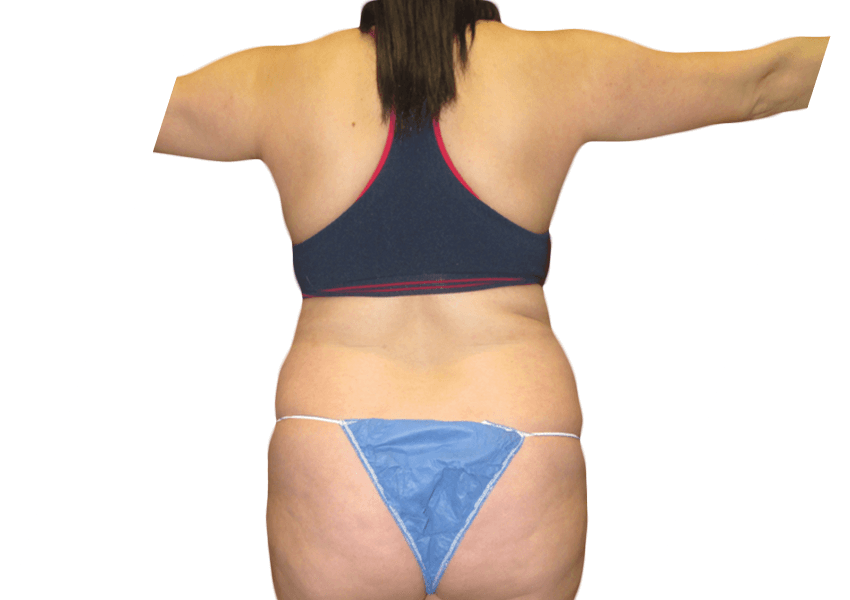If you’re considering cosmetic body contouring, you may be wondering: What can you expect from Liposuction before and after? Liposuction has become a widely performed cosmetic procedure, known for removing stubborn fat from specific areas of the body. Understanding the full scope of the procedure — both before and after — can help you make an informed decision. Whether you’re consulting a dermatologist or a cosmetic surgeon, it’s crucial to know what this transformation entails.
What Is Liposuction and How Does It Work?
Liposuction is a minimally invasive cosmetic surgery designed to remove localized fat deposits that don’t respond to diet or exercise. Common target areas include the abdomen, thighs, arms, back, hips, and chin. The procedure involves a thin tube (cannula) being inserted under the skin to suction out fat cells.
A dermatologist trained in cosmetic procedures or a plastic surgeon typically performs this technique using either local or general anesthesia. Methods include tumescent liposuction, ultrasound-assisted liposuction, and laser-assisted liposuction, depending on your body type and treatment goals.
What to Expect Before Liposuction?
1. Consultation with a Dermatologist
Your journey begins with a consultation. A board-certified dermatologist or cosmetic surgeon will evaluate your overall health, skin elasticity, and body composition. They’ll also discuss your expectations, answer your questions, and guide you on realistic results.
The keyword “Liposuction before and after” truly begins here — with setting the stage for transformation. You’ll likely be asked about:
- Your medical history
- Any medications you’re taking
- Allergies or previous surgeries
- Lifestyle habits such as smoking or alcohol
2. Pre-Operative Instructions
Once you’re approved for the procedure, your doctor will provide guidelines to prepare. These include:
- Discontinuing certain medications (like blood thinners)
- Staying hydrated
- Avoiding smoking and alcohol
- Arranging transportation and support for the recovery period
Some dermatologists also recommend wearing compression garments even before the surgery to get you accustomed to post-op care.
What to Expect During Liposuction?
The liposuction procedure usually takes one to three hours depending on the number of treated areas. You’ll be given anesthesia to ensure comfort.
Here’s a basic rundown:
- Marking the Treatment Areas: The doctor marks the fat removal areas with a surgical pen.
- Sterilization and Incisions: A sterile solution is applied, and tiny incisions are made.
- Fat Removal: The cannula is inserted to dislodge and suction out fat.
- Closure: In most cases, incisions are small and may not even require stitches.
The overall experience is less invasive than many expect, and modern techniques help minimize blood loss, pain, and bruising.
What Happens Right After Liposuction?
1. Immediate Post-Op Care
Recovery begins the moment the procedure ends. Patients are taken to a recovery room and monitored for a few hours. You may experience:
- Mild swelling and bruising
- Discomfort in the treated area
- Numbness or tingling sensations
- Drainage from incision sites (temporary)
A dermatologist will typically prescribe painkillers, antibiotics, and anti-inflammatories to manage symptoms and prevent complications.
2. Compression Garments
Compression garments are a must. These snug-fitting garments help reduce swelling, improve blood circulation, and ensure your new body contour forms correctly. They’re usually worn for 4–6 weeks post-surgery.
What Are the Realistic “After” Results of Liposuction?
This is where the keyword Liposuction before and after really takes shape — quite literally. While initial swelling can mask results, improvements become noticeable within 2–4 weeks and stabilize by 3–6 months.
Key Benefits:
- Permanent fat removal in treated areas
- Improved body shape and contour
- Enhanced self-confidence
- Better fit in clothes
However, remember: liposuction is not a weight-loss solution. It’s a body-sculpting method, ideal for individuals who are near their target weight but struggle with stubborn fat.
What Can Affect Your Liposuction Results?
1. Skin Elasticity
Younger individuals or those with good skin elasticity often see more defined results. Loose skin may not retract well, and in such cases, your dermatologist might recommend skin-tightening treatments post-surgery.
2. Post-Operative Lifestyle
What you do after surgery plays a major role in maintaining your results. Patients who follow a healthy diet, stay active, and avoid smoking tend to retain results longer. A sedentary lifestyle or poor eating habits can cause fat to return, albeit usually in different areas.
3. Multiple Sessions
Depending on your goals and the volume of fat removed, you may need multiple liposuction sessions spaced months apart. Your dermatologist near me or cosmetic surgeon will create a customized plan tailored to your body.
Are There Any Risks or Side Effects?
Like any medical procedure, liposuction comes with some risks:
- Infection
- Scarring
- Asymmetry or uneven contour
- Nerve damage
- Seroma (fluid accumulation)
Choosing a skilled dermatologist or board-certified plastic surgeon significantly reduces these risks. Follow all post-operative care instructions to ensure a smooth recovery.
How Does Liposuction Compare to Non-Surgical Fat Reduction?
While non-invasive procedures like CoolSculpting or SculpSure offer fat reduction without surgery, they typically provide more subtle results. Liposuction, by contrast, removes a larger volume of fat and offers more immediate and dramatic changes.
A dermatologist experienced in both types of procedures can advise you on the best course depending on your body type, goals, and recovery preferences.
Real Stories: Liposuction Before and After
Many individuals report life-changing results after liposuction. For example:
- Abdomen Contouring: One patient lost just 2 inches on the waistline but looked visibly slimmer and fitter.
- Double Chin Removal: A small-volume chin liposuction made a dramatic difference in face definition.
- Thigh Slimming: Women with ‘saddlebags’ often notice smoother, shapelier legs after liposuction.
These transformations underscore the importance of realistic expectations and working closely with a qualified dermatologist for best results.
Final Thoughts: Is Liposuction Right for You?
If you’re dealing with pockets of fat that just won’t go away despite your best efforts, liposuction could be the solution. From your Liposuction before and after journey, expect:
- Personalized care from a certified dermatologist
- A relatively quick recovery
- Long-term fat reduction
- Enhanced self-esteem and body image
However, liposuction is not a shortcut to health. It works best when combined with a balanced lifestyle. Consult a trusted medical expert to see if it aligns with your goals.
In summary, understanding what happens during the Liposuction before and after process is essential to making a smart and healthy decision. With the guidance of a skilled dermatologist, and by committing to the process both pre- and post-operation, you can achieve the body contour you’ve always desired.

